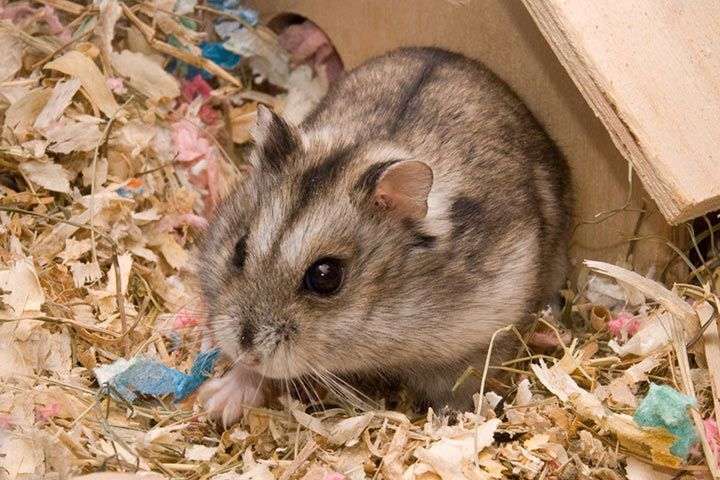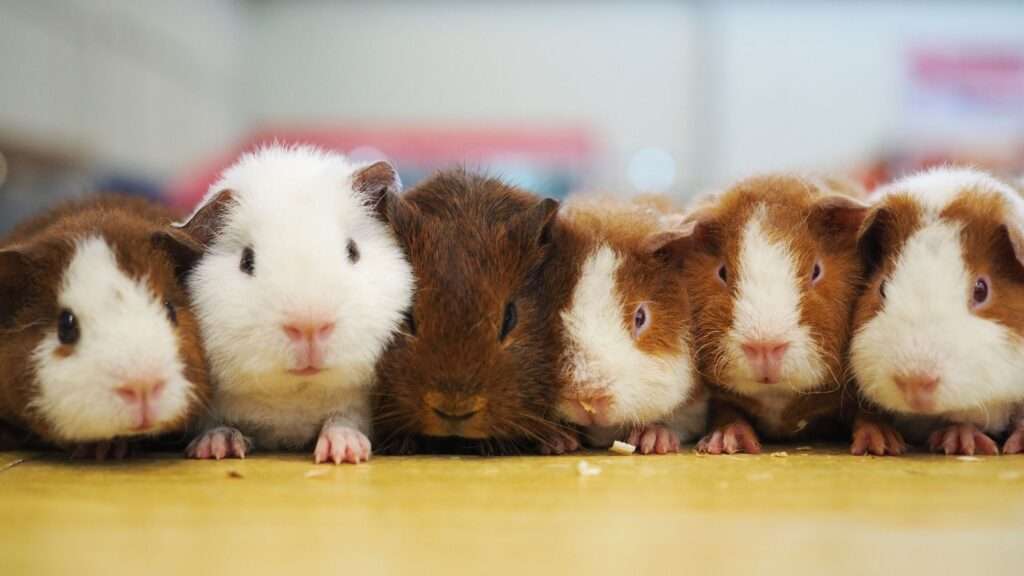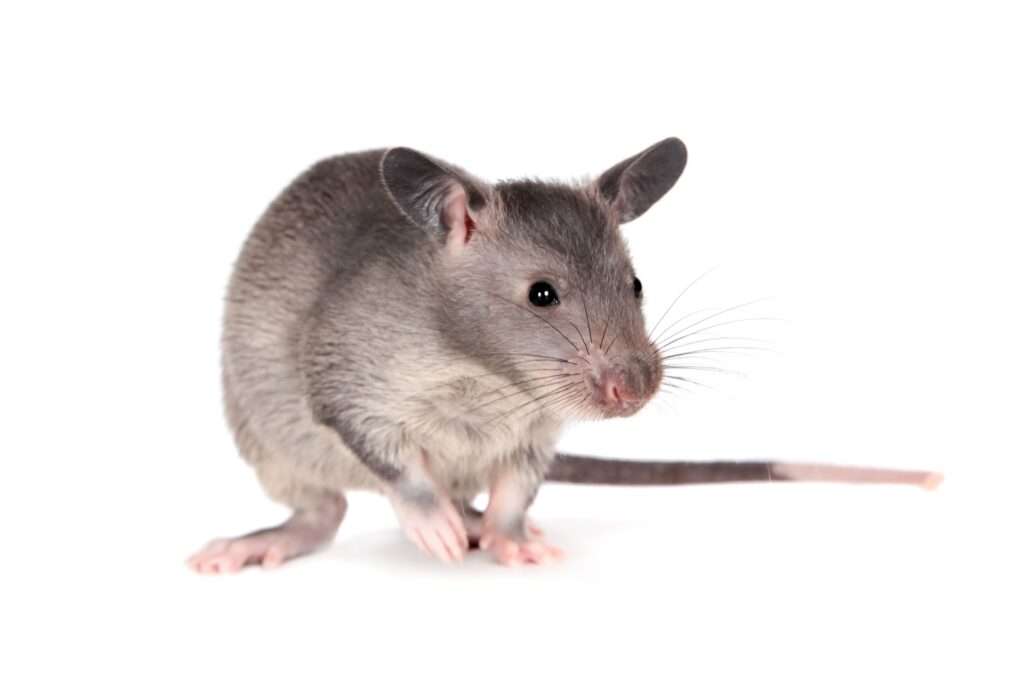
Small, rounded-bodied hamsters with characteristic small ears and grayish-brown fur with a dark stripe down the back are Campbell’s dwarf hamsters. Although they require socialization and may be prone to biting, they are relatively low-maintenance and loving pets. They are among the fastest hamsters, which makes it occasionally difficult to control them. Nevertheless, Campbell’s dwarf hamsters are relatively simple to look after; all they need is a simple feed and routine cage cleaning.
Life Expectations: 2-3 years
As Pet/ In Captivity

Behavior and Temperament
Dwarf Campbell’s hamsters make peaceful, low-maintenance pets. They like to dig, tunnel, and explore when they are awake. Although they prefer the night, they occasionally become active during the day. The majority are amiable and don’t mind being handled, especially if you begin doing it gently while they are young. But if they feel threatened, some animals may nip. Additionally, because they move so quickly and are so little, they might be difficult to control.
Although they won’t form bonds with humans the way a cat or dog would, many of these hamsters will approach the side of their enclosure if you approach them. The Campbell’s dwarf hamster is social with other members of its species, unlike some other hamster species.
Housing
As this will be where your hamster spends the majority of its time exercising and receiving mental stimulation, give it the largest cage you can fit and afford. There are two primary types of enclosures: a wire cage with a plastic foundation or a glass/plastic aquarium with a safe mesh top for ventilation. If you choose a wire cage, make sure the bars are close enough so that the hamster cannot fit between them because they have a penchant for breaking out of their cages.
Drink and Eat
Food and water should always be available to hamsters. It is best to choose a small ceramic food bowl because it is both too weighty and difficult to tip over. Since it keeps the water cleaner, many owners choose to use a water bottle that is linked to the cage. However, unless you’re certain that your hamster is drinking from the bottle, supply a water dish. You should also inspect the bottle frequently to ensure that the nozzle is functioning. Every day, add new water to it. Choose a hamster diet that has been specially prepared for dwarf hamsters.
Exercise
Exercise Hamsters need to exercise regularly to prevent health problems like obesity. Giving the hamster a sizable enclosure and an exercise wheel ought to provide all it needs to be physically active. Additionally, you can get a hamster ball to let it run about outside of its pen. Make sure the ball is the appropriate size for a dwarf hamster, and keep an eye on your pet at all times while it is in the ball.
Purchase/Pricing
Visit a reputable breeder or rescue group if you are convinced you want a Campbell’s dwarf hamster. Pet retailers frequently sell hybrids or mistake this species for one of its related species. Depending on your age and skin tone, you should expect to pay anywhere from $15 and $25.
The Benefits and Drawbacks of Owning a Campbell’s Dwarf Hamster as a Pet
Hamsters are intriguing, space-efficient pets because they are typically silent. Additionally, they don’t need a lot of maintenance. But because they are usually awake at night, you might not see them when they are most active. Additionally, they are swift, delicate, and little, which makes them challenging to handle.
Table





